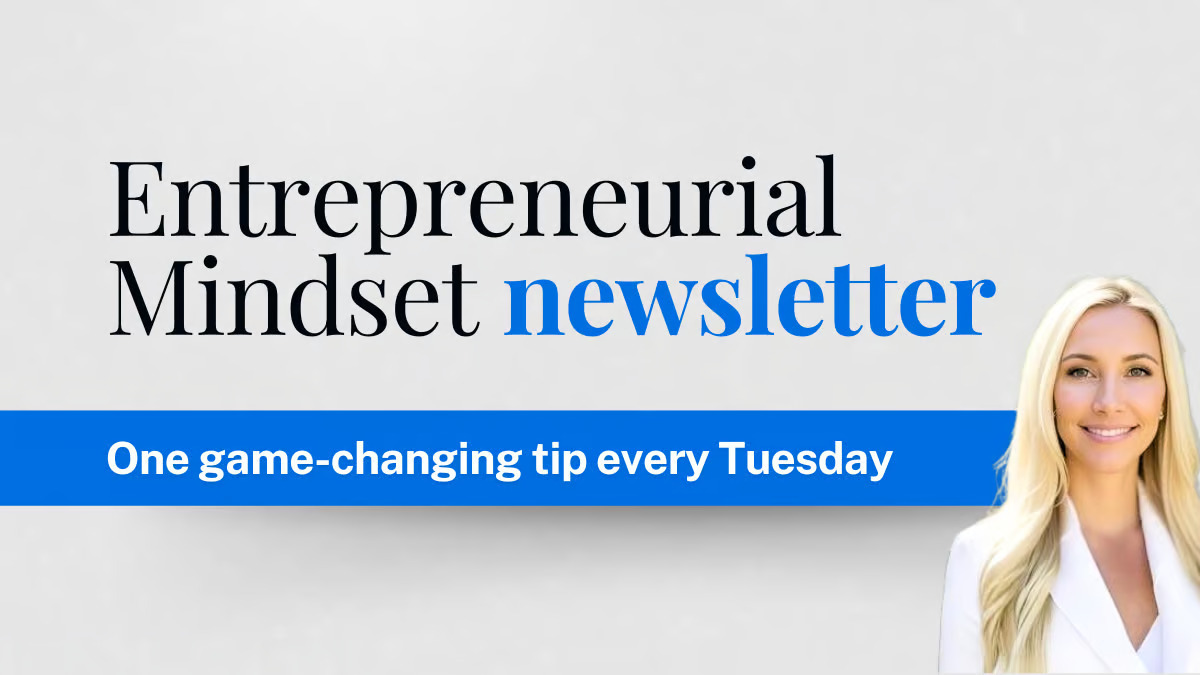Contrary to popular belief, validating a business idea should be quick and cost-effective. But, it’s easy to spend too much time planning and overthinking before making our first dollar.
Instead, here we will focus on taking actions that generate income quickly.
Once you make $10k, you can grow to $100k, and then to millions.
Start small.
Move quickly.
Build from there.
Here is your 30 day plan.
Step 1: Brainstorm ideas (1-2 days)
Write down a few ideas based on what’s important to you. Use this newsletter to see step by step and to see the top 100 business ideas list.
Focus on problems you care about solving and passions and hobbies that excite you and have earning potential.
Step 2: Research you top ideas (2 days)
Go to YouTube, X, Reddit, Medium, and Capterra to search viral posts on your topics.
Read the comments to understand what resonates with people and identify potential gaps in the market.
Step 3: Pick your top idea (1 day)
Pick five ideas from your initial list.
Ask yourself:
-
Which ideas excite you?
-
Which solves real problems?
-
Which have a clear target audience?
Step 4: Your One Page Plan (1 day)
Create a one-page business plan. Use Perplexity to conduct market research and validate your idea.
-
Who is your Customer
-
What is your Product or Service
-
How will you market it?
-
Financials (Price and costs)
-
Action plan over next 30 days
Step 5: Design your product (5 days)
Use Canva or Figma to start designing your product or service instead of actually selling a physical product or service first.
If it’s a SaaS product, consider hiring a UX designer from Upwork to create a professional and user-friendly interface.
Step 6: Build a minimum viable product (optional) (2-3 days)
This step is optional. Create a super low MVP. It can be as simple as a working prototype in Excel or a no-code or low code solution like Retool.
The goal is to demonstrate your idea’s potential value and test it with users.
Step 7: Create a Landing Page (1 day)
Next create a landing page. You can use services like ConvertKit or Squarespace or Webflow for a one page landing page or website.
This will be your tool for collecting interest and seeing if there is enough demand.
You will add your designs, a way to collect emails and a post email survey.
Read here about what to include on your landing page.
Step 8: Collect Emails (1 day)
Add a form to your landing page to collect emails for a waitlist or beta group.
Include a survey to get more data from your sign ups.
Here are some of the best email marketing software you should check out!
Step 9: Drive traffic to your landing page (ongoing)
Use facebook or google ads if you have the budget, or leverage social media especially if you have a following.
Engaged niche communities that you already have are really powerful. For example: your local yoga studio, crossfit gym, church group or book club.
Step 10: Talk to your customers (ongoing)
Ask your waitlist to schedule a quick call with you. Calendly is a great tool for this.
Use these calls to understand their pain points, current solutions, and how your idea can better serve them.
Step 11: Create a free group (ongoing)
Create a WhatsApp, Discord or Slack group where you can get instant feedback. Its’ easier to create a 2-way conversation here v. email.
Add people from your waitlist to this group. Engage with them regularly.
Read here on how to run an effective WhatsApp group.
Step 12: Build in public for your early adapters
Use the group to offer value, such as templates, and build in public by asking for input on new developments.
These early adopters will help you build something that people actually want and will pay for.
Step 13: Offer a paid version
Start offering a paid version of your product or service.
It could be a service offering, a course, or an early build of your software product at minimal cost. You can increase the price incrementally.
Step 14: Monitor the value and double down
Monitor engagement and feedback.
People will use free products, but they’ll only pay for solutions that truly solve their problems. Use this insight to refine and improve.
Look for how you’re solving pain points. Double down on that.
I’ll leave you with this.
Do not build in a silo. Build in “public” with your early adaptors.
P.S. I’m starting a Q&A section! Reply to this email with your questions, and I’ll answer one each week in my newsletter.
See you next week,
Noemi ✨
Cheat Sheet Vault
Access all of my cheat sheets here.
Book Recommendation

For those wanting to start their businesses, “The Lean Startup” by Eric Ries is essential.
It’s a groundbreaking system for developing products quickly and efficiently, allowing entrepreneurs to validate their ideas before spending unneeded resources.


